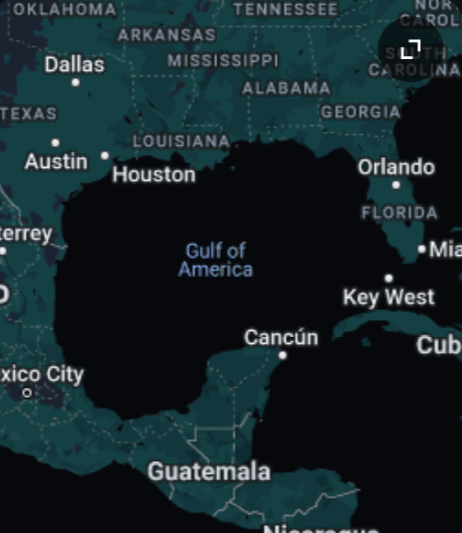Harvard vs. HCC: price against quality
Straight A students participating in the most prestigious clubs and sports could have their choice of any college in the United States. So why do some choose a community college versus an ivy league like Harvard?
Price plays a major role in college selection. To go to Harvard for a year is an estimated $60,000, not something a family out of rural Maryland may want to pay.
Even scholarships can only help bring the cost down to a whopping $27,000 a year. To go to Harford Community College without room and board is $4,000, but $14,000 if planning to live on campus.
This leads to the question, is money or education a bigger role in college selection?
“It all comes down to affordability, because in the end, the result is a bachelor’s anyways,” said guidance counselor Jeanne Heinze.
Forbes.com puts out a list every year and ranks the top colleges in the nation. Parent, keep your wallets as close to the heart as possible, because it’s nearly impossible to find a college in the top 50 with a tuition below $55,000.
State colleges that offer a discount for in-state help make the dream of higher education possible. Community colleges have become a popular way of saving money by allowing students to attend for two years then continue their studies at another college.
A recent study done by College Measure shows that people who have an Associate’s degree earn up to $10,000 more a year than the traditionally earned bachelor’s degree. The study proves that what one studies is far more important than where one studies.
Aside from price, what are the pros and cons of going to a smaller, less expensive college?
At a smaller college, there’s the obvious: the price. There are also the smaller class sizes that allow students to develop a closer relationship with professors and have more one on one time to understand lessons.
Smaller colleges also allow students to explore different majors and decide at what four year college they might want to continue their studies. The schedule is more flexible, and athletes can compete at a level similar to Division I without putting in the 24 hours of practice a week.
This sounds like the easy way to go for any teenager who is sick of the college search. After all, the easiest road is the most appealing, but not always the most rewarding.
At a state or private college, there are hard hours put into studying the wide, expansive curriculum at a state or private school compared to the light and easy time spent at a smaller community college. The level of dedication is raised and demanded to be met at a higher level.
“There is sometimes very little course work aside from major exams but keep in mind that college is what you make it – putting in the time is entirely up to you,” said scholarship.com representative.
Part of the reason for the overwhelming prices is the demand. Stanford out of California only accepts 5.7% of the 39,000 applicants they have each year.
“In most businesses, when you have such overwhelming demand for your product, you raise the price (and increase production). Many colleges, especially private ones, do not want to increase the size of their student bodies, but why would they not increase prices when they have so many prospective students desperate to attend?” said forbes.com economic expert Jeffrey Dorfman.
So is the cost of a college an indicator of how academically reputable it is? A small college can help set up students with a cheap tuition, a good start on a degree, and keep them close to home. However, they aren’t as well recognized by employers as say, Harvard, Yale, Princeton, or Stanford at a national level. Is it worth it to pay hundreds of thousands of dollars for a piece of paper with your name on it to hang on a wall, with a side of bragging rights?


















